No Events
PAST EVENTS:

2 Apr 25
Livingston

27 Mar 25
Livingston

25 Jan 25
Livingston

6 Sep 24
Livingston

24 Aug 24
Livingston

1 Aug 24
Livingston

1 Jun 24
Livingston

17 Apr 24
Livingston

6 Apr 24
Livingston

27 Mar 24
Livingston

13 Mar 24
Livingston

24 Feb 24
Livingston

17 Feb 24
Livingston

27 Jan 24
Livingston

14 Oct 23
Livingston

7 Oct 23
Livingston
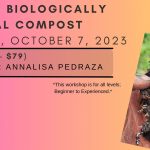
7 Oct 23
Livingston

16 Sep 23
Livingston

9 Sep 23
Livingston

17 Aug 23
Livingston

23 Mar 23
Livingston

6 Mar 23
Livingston

22 Feb 23
Livingston

28 Jan 23
Livingston

19 Nov 22
Livingston

30 Oct 22
Livingston

30 Oct 22
Livingston

16 Oct 22
Livingston
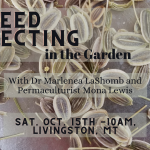
15 Oct 22
Livingston

9 Oct 22
Livingston

10 Sep 22
Livingston

30 Jul 22
Livingston

30 Jul 22
Livingston

4 Jun 22
Livingston
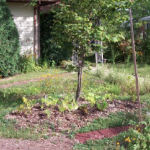
21 May 22
Livingston

23 Apr 22
Livingston

13 Apr 22
Livingston

29 Jan 22
Livingston

21 Nov 21
Livingston

20 Sep 21
Livingston
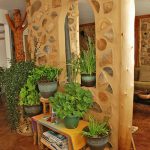
11 Sep 21
Livingston

29 Aug 21
Livingston

21 Aug 21
Livingston
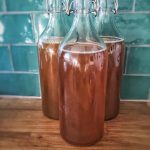
12 Jun 21
Livingston

27 Feb 21
Livingston

26 Feb 21
Livingston

20 Feb 21
Livingston

30 Jan 21

18 Oct 20
Livingston
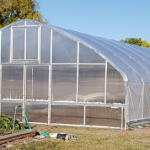
3 Oct 20
Livingston
27
Sep
27 Sep 20
Livingston

19 Sep 20
Livingston
03
Sep
3 Sep 20
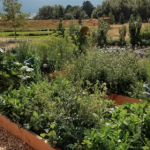
19 Aug 20
Livingston

25 Jul 20
Livingston
10
Jul
10 Jul 20
Livingston

20 Jun 20
Livingston
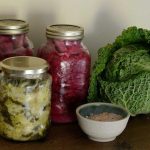
13 Jun 20
Livingston
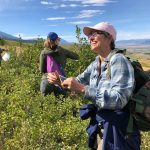
30 May 20
Livingston

18 Apr 20
Livingston

28 Mar 20
Livingston

14 Mar 20
Livingston

12 Mar 20
Livingston

4 Mar 20
Livingston
27
Feb
27 Feb 20
Livingston


